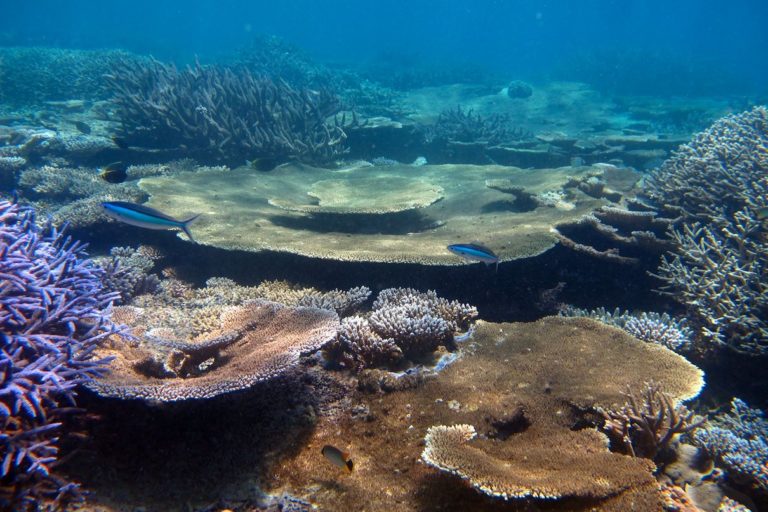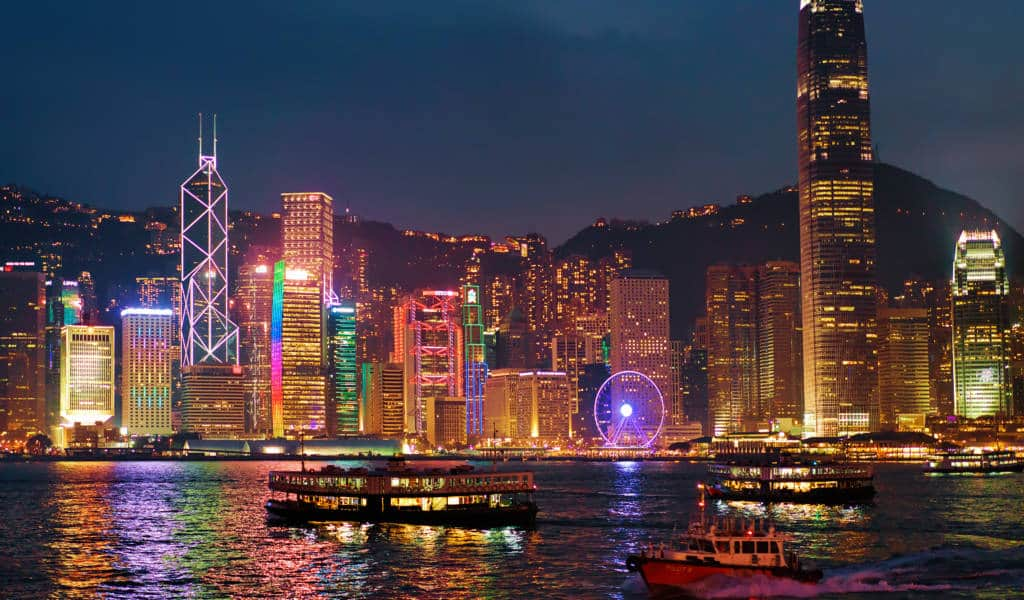
A Study of Its Islands & Climate: The Geography of Palau
admin
- 0
kfoodfair2015.com – Palau, officially known as the Republic of Palau, is an island nation located in the western Pacific Ocean. It is part of the larger island group known as Micronesia, which is characterized by thousands of small islands spread across the ocean. Palau’s unique geography and climate play a significant role in shaping its natural beauty, biodiversity, and the way of life of its inhabitants.
The Islands of Palau
Palau consists of an archipelago with approximately 340 islands, only about 20 of which are inhabited. The islands are divided into six states: Melekeok, Ngchesar, Ngarchelong, Ngardmau, Ngatpang, and Aimeliik. The majority of the population resides on the largest island, Babeldaob, and the most populous island, Koror.
The islands are of volcanic origin, with limestone formations that have been shaped over millennia by the ocean. This has resulted in the creation of spectacular rock islands, with steep cliffs and unique mushroom-shaped formations. The Rock Islands Southern Lagoon, a UNESCO World Heritage site, is a prime example of this natural wonder.
Climate of Palau
Palau experiences a tropical rainforest climate, with high temperatures and humidity throughout the year. The average temperature hovers around 27°C (80°F), with little variation between seasons. The climate is influenced by the warm ocean currents and the location of the islands near the equator.
The rainy season typically runs from May to November, with the rest of the year being relatively drier. However, rain can occur at any time, and the islands receive an average annual rainfall of about 3,800 mm (150 inches). This abundant rainfall supports the lush vegetation and diverse ecosystems found in Palau.
Biodiversity and Conservation
The unique geography and climate of Palau have contributed to its rich biodiversity. The country is known for its vibrant coral reefs, which are home to a wide array of marine life, including over 1,300 species of fish and more than 700 species of corals. The Jellyfish Lake on Eil Malk island is famous for its golden jellyfish, which have lost their ability to sting due to the lake’s isolated environment.
Conservation efforts are crucial in Palau to protect its natural resources and biodiversity. The government has established several marine protected areas and has implemented strict regulations to manage tourism and fishing activities.
Conclusion
The geography of Palau, with its diverse islands and tropical climate, creates a setting that is both breathtaking and ecologically significant. The country’s commitment to conservation ensures that its natural beauty and biodiversity will be preserved for future generations. As a result, Palau remains a unique destination that offers a glimpse into the wonders of the Pacific’s natural world.


